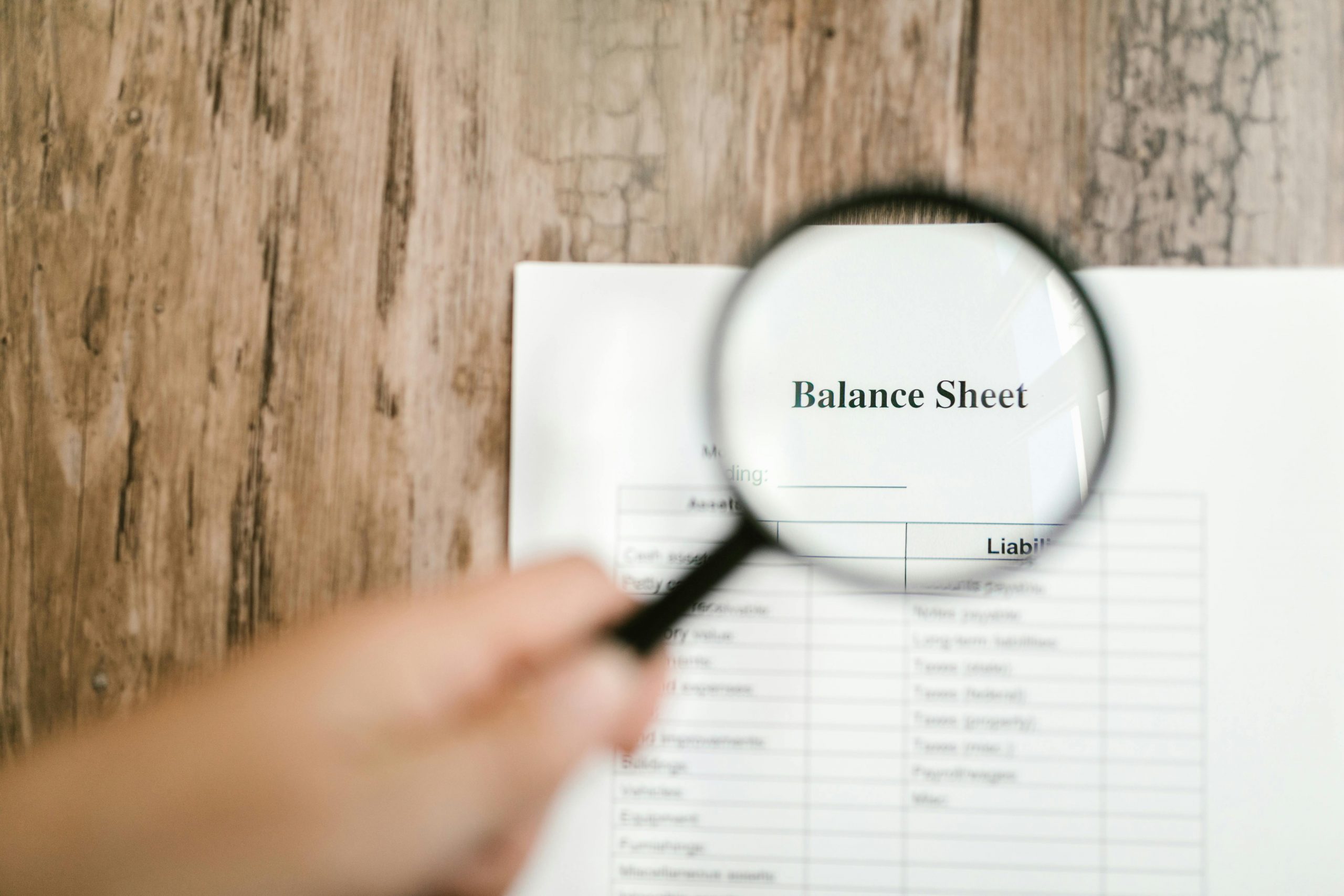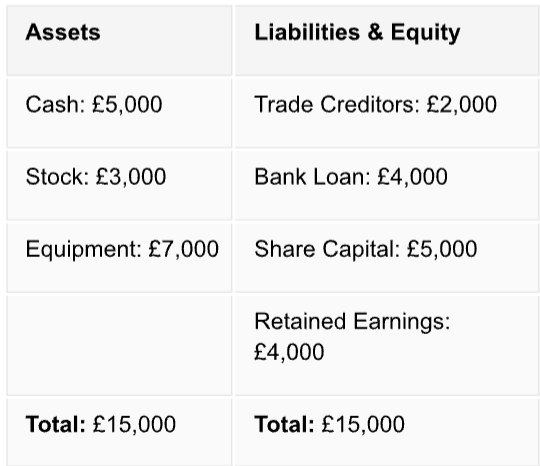How to read your company’s balance sheet – a complete beginner’s guide

July 15, 2025
BACKGROUND
Although often delegated to the Accountant, increasingly we are of the view that it is absolutely key for SME business owners to understand the basics of a Balance Sheet!
Obviously we are NOT suggesting that you need to replace your Accountant, but if you want or need to understand how to use your Xero or Quickbooks software, then it is equally as important that you understand the basics of your Balance Sheet.
A Balance Sheet is a core part of any limited company’s accounts and provides a ‘snapshot’ of the financial health of your business at a particular point in time.
However quite often, issues that appear in a Balance Sheet will eventually make an appearance in the Profit and Loss of the business i.e. impact business results
Below we will walk you through a few of the basics—no jargon, just clear, practical guidance!
WHAT IS A BALANCE SHEET?
A Balance sheet (also more recently known as a Statement of Financial Position) essentially reflects
- What a business owns
- What a business owes, and
- What the basic financial value (equity) of the business to its owners is – at a given date.
So in other words your Balance sheet shows your total business ‘assets’, your total business ‘liabilities’ and what is left to you – if you decided to suddenly shut the business down today!
The core formula is:
Assets – Liabilities = Equity
This equation must always balance—hence the name of the report.
The Three Main Sections
1. Assets
These are resources owned by, or debts due to, the company.
Assets are typically split into:
- Current Assets: Expected to be used or converted into cash within 12 months e.g. cash itself, stock, trade debtors.
- Non-Current Assets (or Fixed Assets) : Long-term investments such as property, vehicles, equipment.
2. Liabilities
These are the company’s debts or other financial obligations:
- Current Liabilities: Due within 12 months e.g. trade creditors (Suppliers), VAT, PAYE, corporation tax etc., short-term loans.
- Non-Current Liabilities: Debts due for repayment after more than a year e.g. long-term loans etc.
3. Equity (Capital and Reserves)
This represents what is left to the owners, or the owners’ financial value in the
company
- Share Capital: Money invested by the owners in the shares of the business (shareholders).
- Retained Earnings: Profits kept in the business – after costs, after payment of dividends etc.
A Very Simplified Example

WHY A BALANCE SHEET MATTERS
A Balance Sheet is important for third parties when they are reviewing or checking out your company for a variety of reasons
- When lenders are considering whether to provide any third party finance
- Where your bank are considering whether to provide an overdraft
- If you are looking at leasing a photocopier, car or other equipment
- When suppliers may be considering what level of credit to provide as a new customer
- Where you are discussing potential partnerships with a third party, it will provide some validation of your business status
For you, as the business Owner, it is important to be able to quickly understand key details from the ‘snapshot’ of your company, including
- That there is a level of equity or reserves available in the business e.g. you can only pay out dividends from positive reserves
- Identify whether there is a large volume of £ value of amounts due from Customers
- How much cash there is in the business
- Clarify the level of any director/shareholder loans (monies taken from the business in excess of payroll or dividends)
- The amount(s) of any tax debts whether VAT, PAYE or corporation tax liabilities
FINAL THOUGHTS
Being able to read and understand the key figures in a Balance sheet doesn’t require an accounting degree—just a bit of practice and some practical information of it’s purpose.
Also remember – your accountant will actually appreciate the fact that you have a basic understanding of your key financial reports – as it will lead to better and more valuable discussions between you!
Do you want to understand some of your key figures and financial reports a bit better – to be
able to make clearer and more informed decisions on your business ?
- GO to our website: to download our business guides or book a call
- SUBSCRIBE to our YouTube channel: for more information on this and other topics
- BOOK a call: directly with us